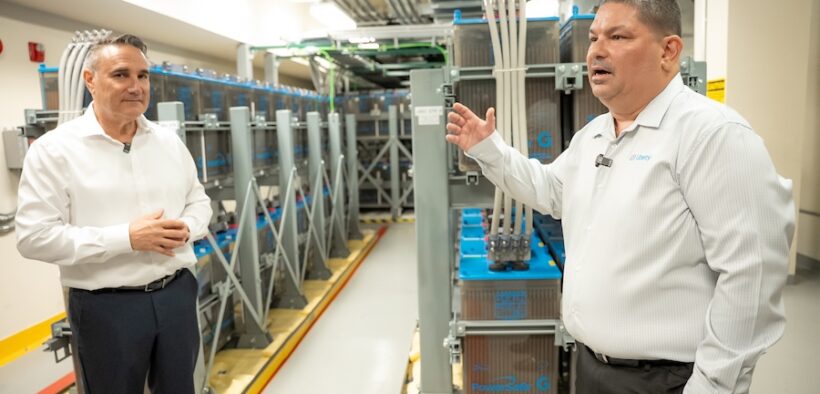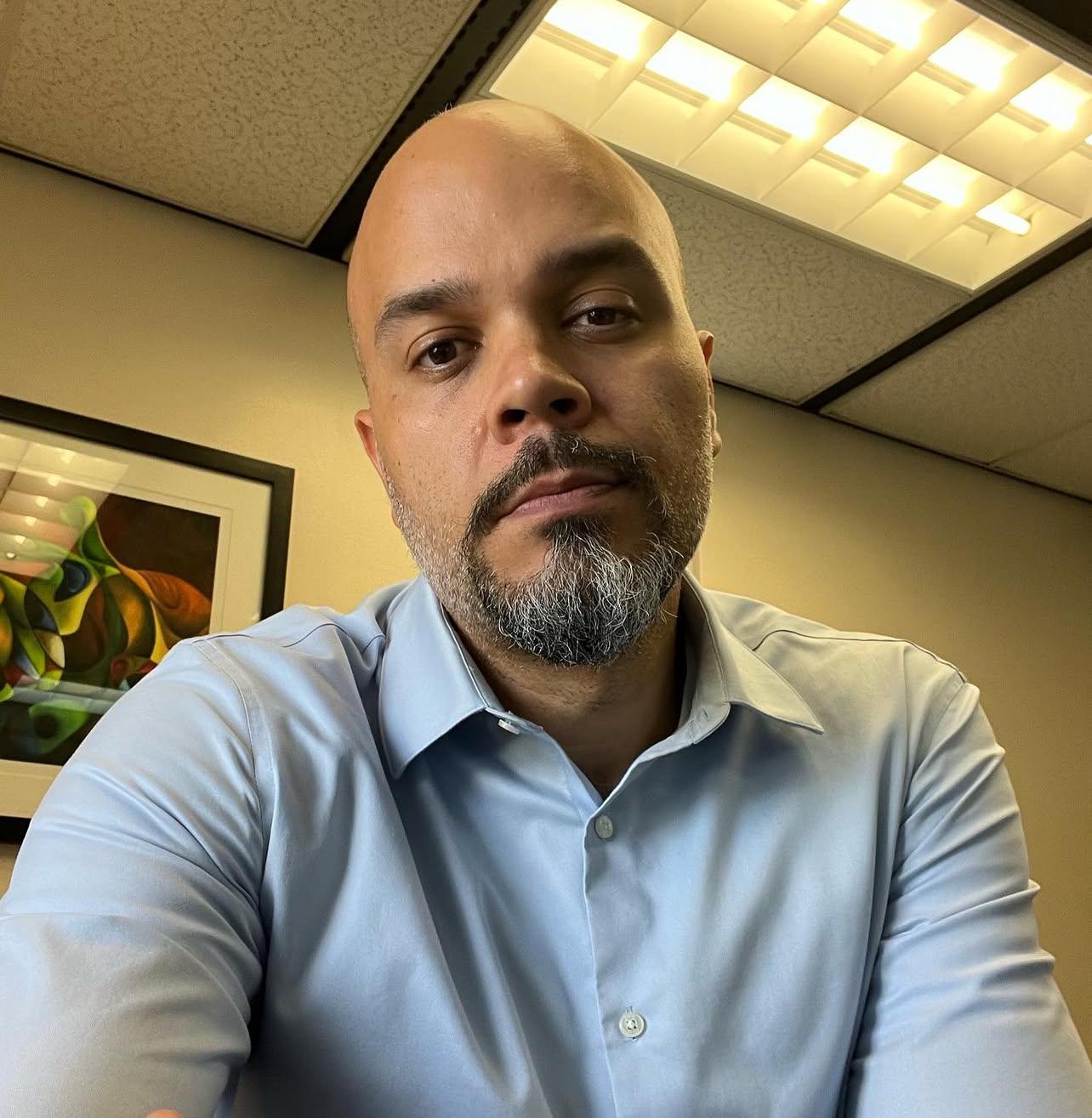Liberty Puerto Rico deploys low-frequency spectrum to improve coverage

Liberty Puerto Rico has deployed additional spectrum, specifically its 600-megahertz (MHz) band, to improve mobile service coverage on the island, the company’s vice president of technical operations, Chuck Page, announced Tuesday.
The new frequency offering marks the latest phase of deploying the spectrum formerly owned by Dish Network. Liberty Puerto Rico closed its acquisition of Dish’s mobile spectrum through a $255 million transaction in September.
Víctor Vera, engineering director for Puerto Rico and the U.S. Virgin Islands, explained that with the latest deployment, roughly half of the spectrum formerly owned by Dish has been incorporated into Liberty’s service offerings, with subsequent phases set to free up additional mid-band spectrum in the coming months.
Wireless signals in the 600 MHz band, among other low-frequency bands, are particularly effective indoors, able to go through walls and other barriers without much difficulty. “We can now combine the 600 MHz band with other frequencies we use, such as 700 MHz and 850 MHz, to provide a high level of network coverage,” Vera said, with Page adding that Liberty currently covers 99.5% of the island’s homes and businesses.
Turning the page
After a tough couple of years at Liberty Puerto Rico — with stumbles in the migration of the former AT&T wireless network into its operations, dips in subscribers and year-to-year revenue, and a 4% of its workforce reduction — the telecom provider eagerly seeks to turn the page with a renewed focus on improving customer experience.
Such efforts have partly helped improve customer sentiment for the company. “Liberty’s net promoter score (NPS) for mobile service has surged nearly 60 points over this past year and we’re now in positive territory,” said Page.
However, the executive acknowledged there are still pending issues related to AT&T’s former billing system, which, according to Page, proved by far to be the biggest obstacle during the company’s complex migration process. “There were several cases of customers being billed the wrong amount, for instance,” Page added. “We’ve solved the bulk of the problem, but there are isolated cases we’re still working with.”
At the core
In a nondescript building in San Juan, Liberty Puerto Rico operates one of three core platforms, each independently capable of serving the whole population. With two other core platforms located in Guaynabo and Miami, respectively, the company boasts triple redundancy in its network, Page said.
A tour of the San Juan facilities — the exact location undisclosed — revealed seldom-seen parts of the company’s operations, among them a “homology lab” where the latest phone models are tested before being released to the public. Because phones frequently operate in the real world using a combination of different frequency bands, the lab even contains a special chamber that can “filter out” specific bands from a phone’s transmission for further testing. Such tests are carried out by Liberty technicians alongside representatives from various phone manufacturers, who are also on hand to handle certifications and technical requirements.
Meanwhile, at the data center making up the heart of the operations, racks of servers with 5G/LTE technology are slowly being phased out in favor of newer standalone 5G servers, which take up half the space. Both Page and Vera estimated that 5G/LTE would be phased out in about five years in favor of the faster 5G standalone technology.












